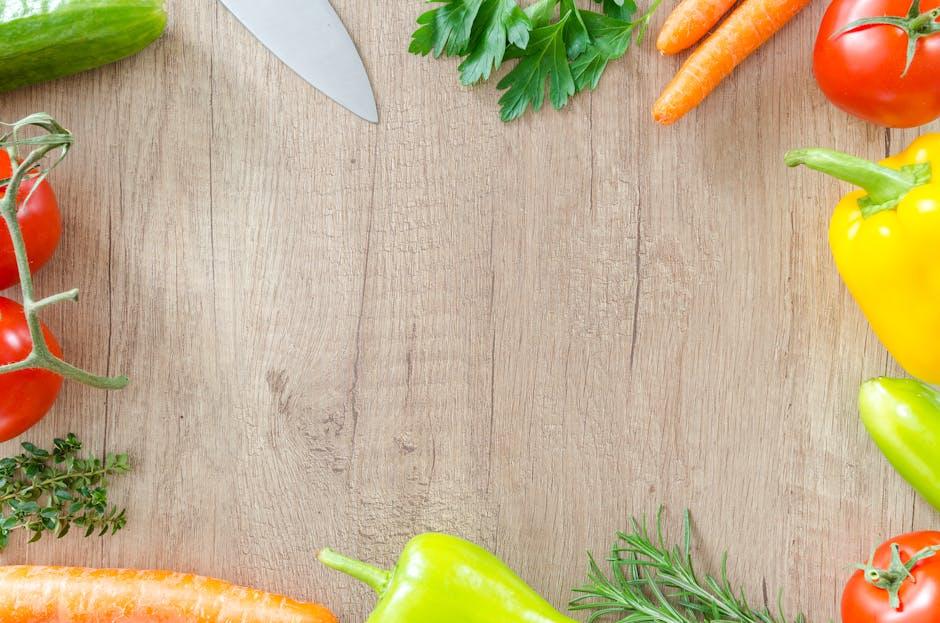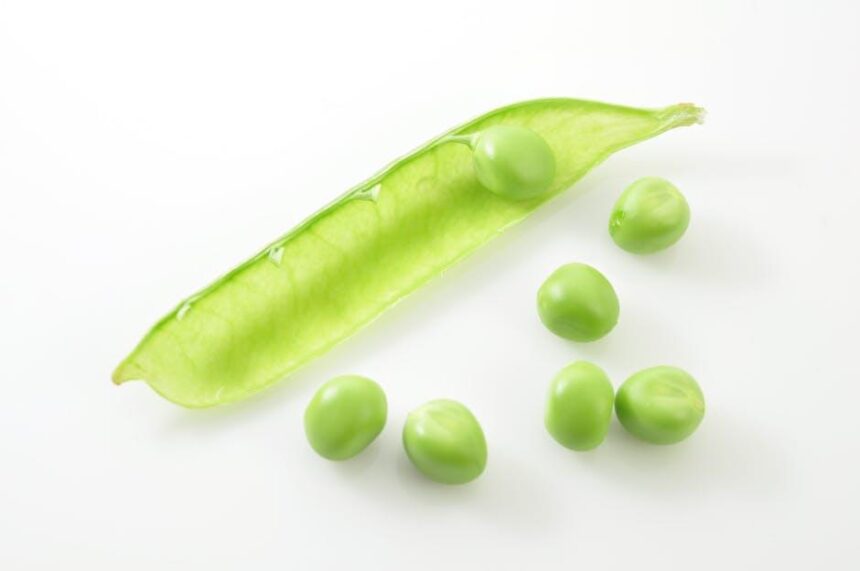There’s a unique magic in stepping out into your garden, plucking fresh sprigs of herbs, and bringing their vibrant flavors straight to your kitchen. Cooking with seasonal herbs not only adds a burst of freshness to your meals but also connects you to the rhythms of nature’s bounty. From the peppery zing of spring’s young basil to the earthy warmth of autumn’s rosemary, each herb carries its own story-rooted in the soil, kissed by the sun, and ready to transform your dishes in unexpected ways. Whether you’re a seasoned gardener or a curious cook, embracing these garden-fresh gems invites a delicious dialogue between the earth and your culinary creativity.
Growing and Harvesting Your Fresh Seasonal Herbs
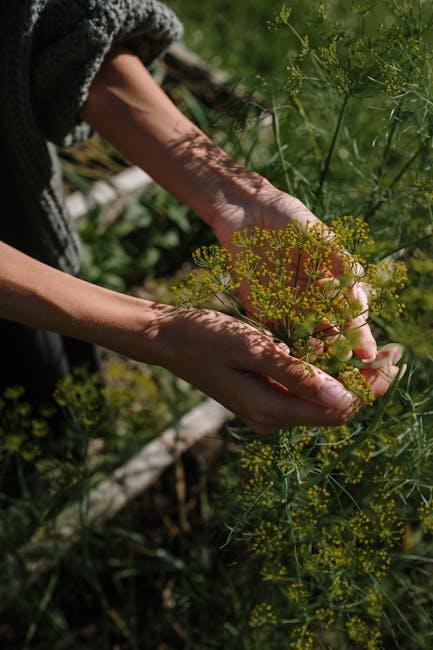
To enjoy the fullest flavors of your garden herbs, begin with selecting the right planting location-preferably a spot with at least six hours of sunlight daily and well-drained soil. Regular watering and occasional feeding with organic compost encourage vibrant, healthy growth. Pay close attention to the unique needs of each herb; for instance, rosemary flourishes in drier conditions, while basil prefers consistently moist soil. To maintain the plants’ vitality, prune them regularly by pinching back stems just above a pair of leaves. This not only promotes bushier growth but also prevents flowering, which can sometimes make the herbs taste bitter.
Harvesting your herbs at their peak enhances both aroma and taste. The best time to pick is in the early morning when essential oils are most concentrated. Use sharp scissors or garden shears to snip stems, cutting just above a leaf node to encourage new growth. Consider this simple guide for optimal harvest times:
| Herb | Best Harvest Time | Harvest Tip |
|---|---|---|
| Basil | Before flowering | Pinch flower buds promptly |
| Thyme | Spring to early summer | Cut outer stems, leaving inner growth |
| Mint | Throughout growing season | Harvest frequently to prevent flowering |
- Drying: Hang bundles in a dark, airy place to preserve flavor.
- Freezing: Chop herbs and freeze in ice cube trays with olive oil.
- Using fresh: Add just before the end of cooking to retain brightness.
Pairing Herbs with Dishes for Maximum Flavor Impact
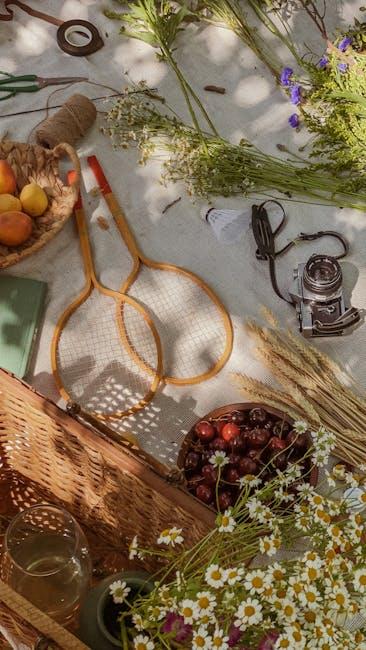
Unlock the true potential of your garden’s herbs by thoughtfully pairing them with dishes where their flavors can truly shine. For example, the bright, citrusy notes of lemon verbena or basil complement fresh salads and light seafood beautifully, bringing a refreshing twist that elevates even the simplest plates. Meanwhile, the earthy depth of rosemary and thyme pairs perfectly with roasted meats and root vegetables, adding a robust layer of warmth that lingers on the palate. When experimenting, consider the herb’s natural aroma and intensity to avoid overpowering your dish.
To help you navigate the diverse world of herb pairings, here’s a quick reference table to jumpstart your culinary creativity:
| Herb | Best Paired With | Flavor Impact |
|---|---|---|
| Mint | Lamb, Peas, Fruit Salads | Cool, Refreshing |
| Cilantro | Salsas, Tacos, Citrus Dishes | Bright, Citrusy |
| Chives | Eggs, Potatoes, Cream Sauces | Mild Onion |
| Dill | Fish, Pickles, Yogurt | Delicate, Slightly Sweet |
Don’t hesitate to combine herbs for a layered experience-think of thyme and sage in stews or basil and oregano in tomato-based dishes. Using herbs both fresh and dried at various stages of cooking can also unlock hidden nuances, ensuring each bite is bursting with the garden’s essence.
Techniques to Preserve and Store Your Garden Herbs
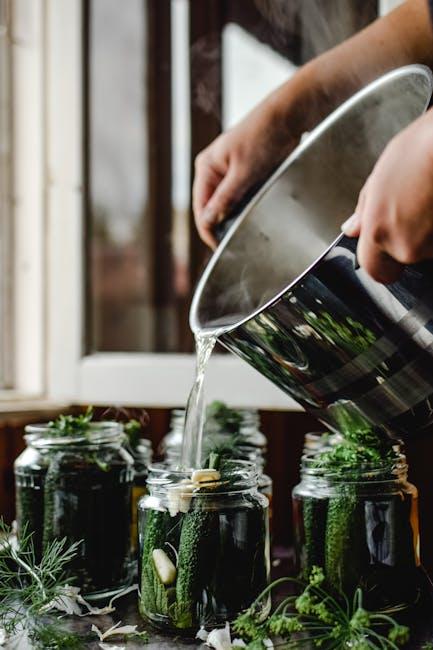
Maintaining the vibrant flavors of your herbs long after the growing season ends requires thoughtful preservation methods. One of the simplest yet most effective techniques is drying. To do this, tie small bundles of herbs like basil, thyme, or rosemary and hang them upside down in a warm, airy space away from direct sunlight. Once crisp, crumble the leaves into airtight containers to retain their essence. Alternatively, freezing your herbs in ice cube trays filled with a little water or olive oil allows you to add fresh bursts of flavor directly to soups, sauces, or sautés without thawing.
For those who prefer to keep herbs fresh for longer periods, refrigeration can be a gentle option. Wrap herb stems in a damp paper towel and place them inside a zip-lock bag to maintain moisture without causing wilting. Another innovative method involves infusing oils or vinegars with your favorite herbs, creating flavorful condiments that capture the garden’s peak aromas. Consult the table below for a quick guide on the best preservation methods for popular kitchen herbs:
| Herb | Best Preservation Method | Tip |
|---|---|---|
| Basil | Freezing in oil | Chop before freezing for easy use |
| Thyme | Air drying | Hang in bunches away from sunlight |
| Parsley | Refrigerating wrapped in damp towel | Replace paper towel every few days |
| Rosemary | Drying or infusing in oil | Store dried leaves in airtight jar |
| Cilantro | Freezing or fresh in fridge | Freeze chopped in ice cubes |
Creative Recipes Featuring Peak Seasonal Herbs
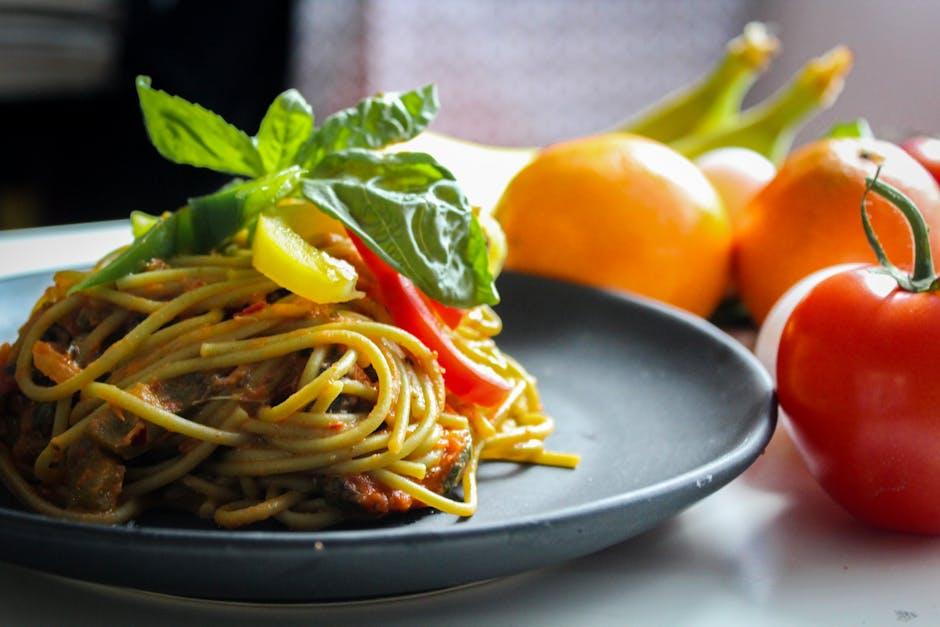
Unlock the vibrant flavors of your garden’s peak herbs with dishes that celebrate their freshness and fragrance. Imagine a basil and lemon risotto where the aromatic basil leaves are gently folded in at the last moment, infusing the creamy rice with a subtle garden scent. Or a thyme-infused roast chicken where sprigs are tucked under the skin to impart earthy warmth to the tender meat. These recipes not only highlight the character of seasonal herbs but also elevate everyday meals into memorable experiences.
For a quick herbal uplift, mix a pinch of fresh herbs into simple dishes. Try these combinations for inspired flavor boosts:
- Mint and cucumber in refreshing summer salads
- Rosemary and garlic roasted potatoes
- Chives and crème fraîche dolloped over scrambled eggs
- Oregano and tomato in hearty sauces
| Herb | Ideal Pairing | Flavor Note |
|---|---|---|
| Basil | Tomatoes, mozzarella | Sweet, peppery |
| Thyme | Chicken, potatoes | Earthy, slightly minty |
| Rosemary | Lamb, bread | Pine-like, woody |
| Mint | Lamb, peas | Fresh, cooling |
Concluding Remarks
As the seasons turn and your garden blossoms anew, the vibrant flavors of fresh herbs invite you to explore a world of culinary possibilities. Embracing these natural gifts not only elevates your dishes but also deepens your connection to the rhythm of the earth. So next time you step into your garden, let the fragrant leaves guide your creativity, transforming simple meals into memorable experiences that celebrate the season’s best.
